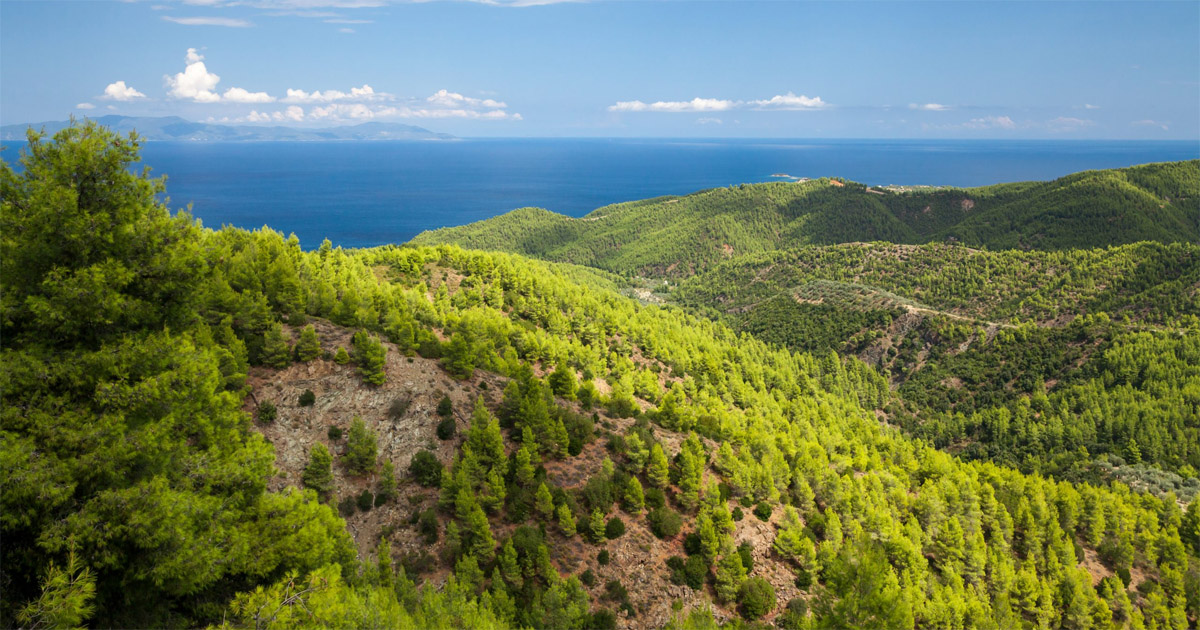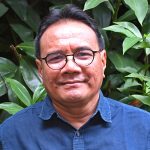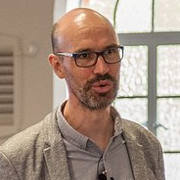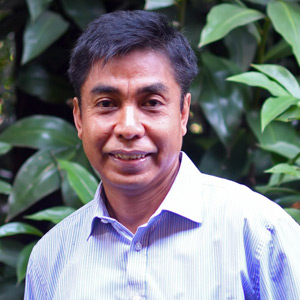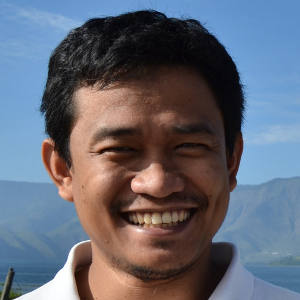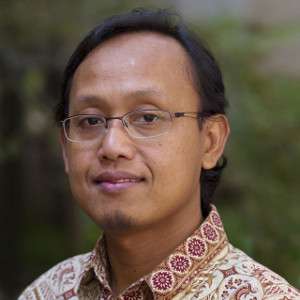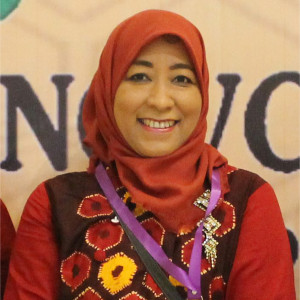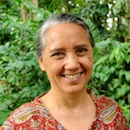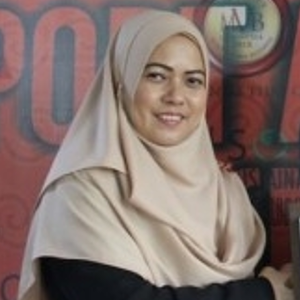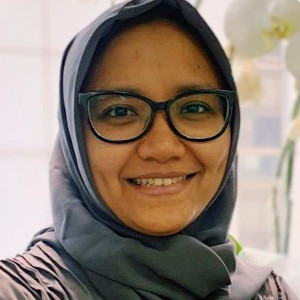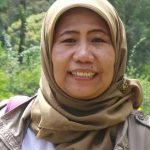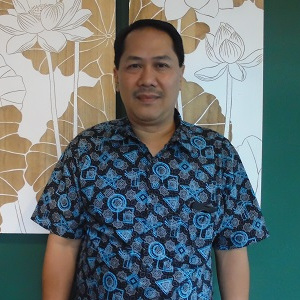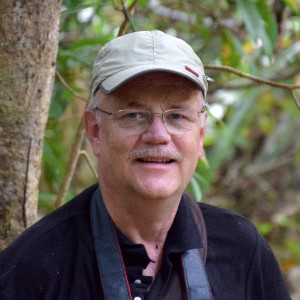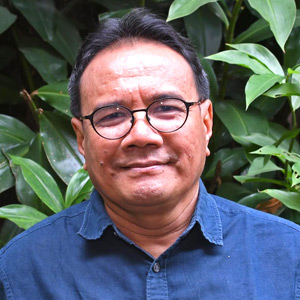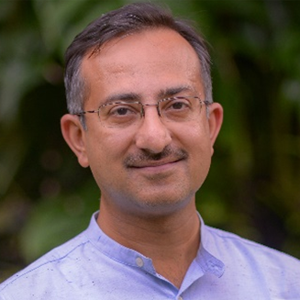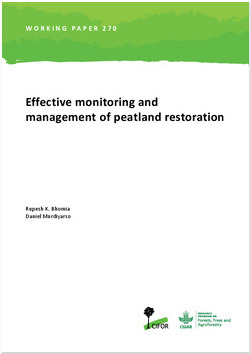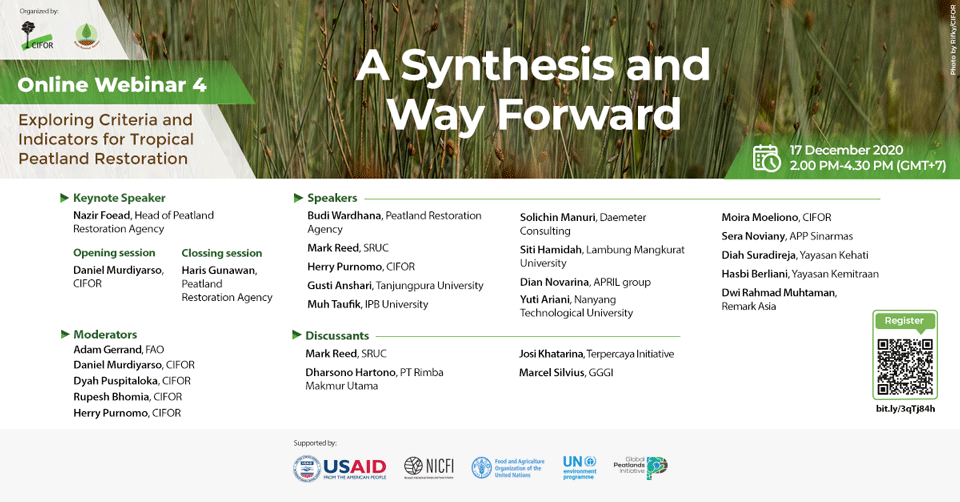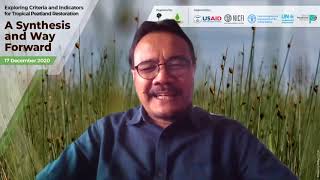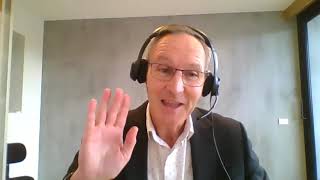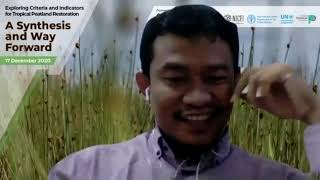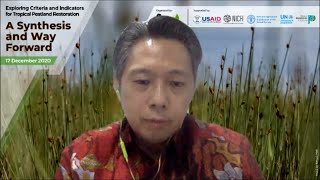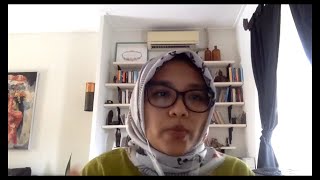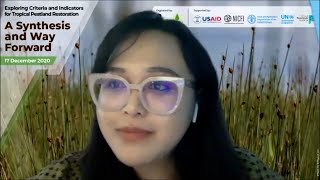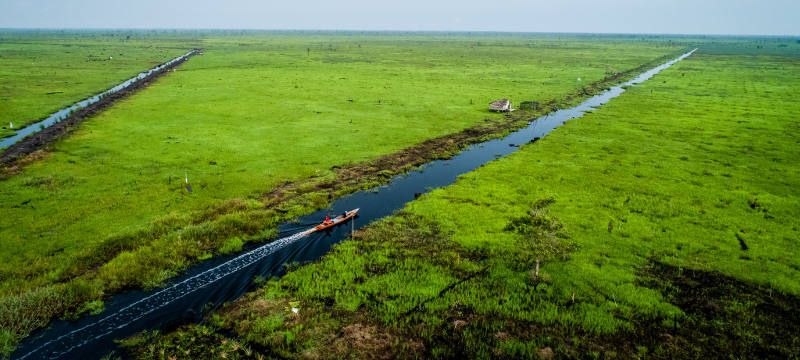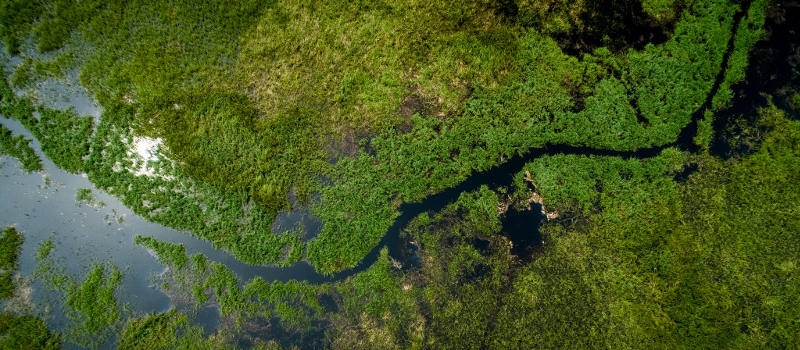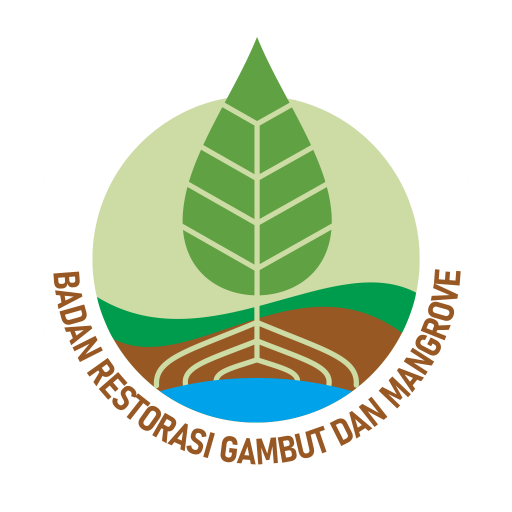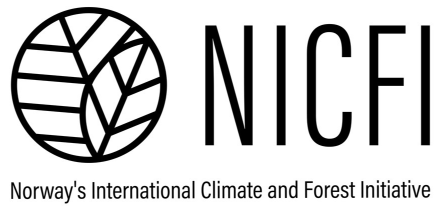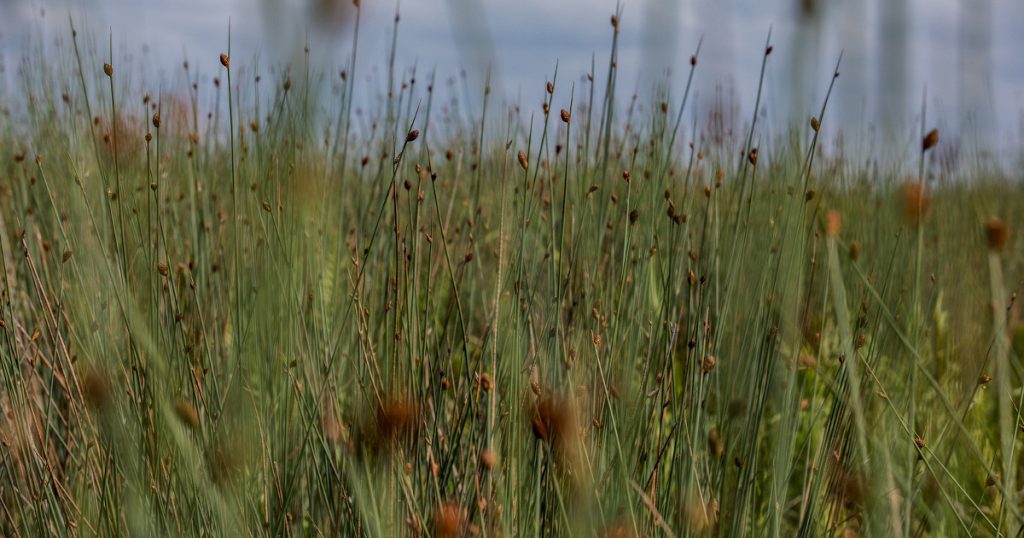
Introduction
The global extent of tropical peatlands and peat swamp forests is relatively small, yet these ecosystems play an important role in the global carbon (C) cycle. Peatlands cover only 3% of earth’s land surface, however, peatland can store twice as much C as all the world’s forests. Peatlands also provide numerous ecosystem services ranging from regulating (climate, flood, and pollution abatement), provisioning (food, fibre, water, genetic resources), supporting (biodiversity, primary production, nutrient cycling), and socio-cultural (cultural use, recreation, education).
Despite their importance, peatlands have been degraded, drained and burned, mainly for agricultural and forestry purposes. Peatland degradation contributes ~ 2 billion metric tons of carbon dioxide per year to the atmosphere. Indonesia has pledged to restore over 2 Mha of degraded peatlands as part of its Nationally Determined Contributions (NDCs) to the United Nations Paris Agreement on climate change.
Restoration of degraded peatlands could be an important step to stall further loss. Restoration of peatlands entails deliberate actions that initiates or accelerates the recovery of a degraded peatland to a better state. As any ecosystem restoration, peatland restoration needs to be underpinned by assessment and monitoring efforts that allow for approaches towards peatland restoration.
One approach for monitoring peatlands and assessment of restoration success involves use of principles, criteria and indicators (P, C & I) that are easy to recognize, measure and monitor over time and are also locally relevant. The selected C and I should have a balanced approach covering all four aspects: (1) Biophysical, (2) Social, (3) Economic, and (4) Governance.
CIFOR in collaboration with the Peatland Restoration Agency (BRG) have laid out a plan to explore the P, C and I approach for tropical peatland restoration. The webinar series is organized in collaboration with partners, including the Food and Agriculture Organization (FAO) and Global Peatland Initiative (GPI). Continuous support by partners, such as USAID, NICFI, and UNEP have made this endeavour possible.
The previous three webinars were conducted to explore C & I on biophysical, governance, and socio-economic aspects. The last webinar is planned to facilitate interactive discussions and present a synthesis of new insights and information exchanged during past webinars.
Goal and objectives
The objectives of this final webinar are to:
- Provide synthesis of biophysical, social, economic, and governance attributes in the context of on-going restoration when degraded peatlands are rewetted, revegetated and economic activities are revitalized.
- Propose C & I for above aspects and identify possible steps of verification processes
- Engage stakeholders in facilitated discussions with resource persons to allow exchange of knowledge.
Expected outputs
This final webinar will lead to:
- Familiarize participants with the potential P, C & I and capture their comments/inputs
- Exchange of knowledge through interactive discussions on scientific ways to use C & I approach towards monitoring and evaluation of peatland restoration
The outputs of entire webinar series include:
- Conceptualization, design and implementation of frameworks to develop restoration P, C & I.
- Clarification of the importance of key indicators.
- Determination of the roles and responsibilities of all participating agencies and experts in
identifying, testing and finalizing restoration C & I. - Identification of potential sources of financing to secure monitoring activities over time
- Capacity building of key technical and policy personnel from various Indonesian government agencies and departments with mandates to protect and restore peatlands while ensuring well-being of dependent communities.
Webinar format
A combination of plenary and breakout sessions will be used to facilitate interactive discussions and cover these topics. Breakout sessions will be organized as panel discussions followed by a discussant member who will catalyse discussions by bringing his/her perspectives on the topic. The last 15 minutes of breakout session will be dedicated for Q and A/interactive discussions session with participants.
Date and venue
The webinar will be held on 17 December 2020 for 2.5 hours using Zoom platform.
Presentations
Session 1
- Approaches for peatland monitoring and assessment
- Criteria and indicators for peatland restoration
- Criteria and indicators for defining and measuring peatland restoration
Session 2a
- Peat carbon dynamics: Consideration for effective restoration
- Rewetting peatlands to restore integrity across landscapes: Peatland hydrological balance
- Peatland fire assessment: Reducing vulnerability, enhancing restoration success
Session 2b
- Indonesian peatland restoration: Economic indicators
- Assessing livelihood development impact against community welfare of peat dependent community
Session 2c
- Local institution and social cohesiveness for safeguarding peatlands
- Social connections for successful restoration interventions
- Role of private sector in supporting community initiative towards peatland protection and restoration
Session 2d
- The role of local governance towards facilitating sustainable peatland management/restoration
- Regulatory and policy measures to support peatland restoration
- C & I participatory governance in peatland restoration
Closing session







